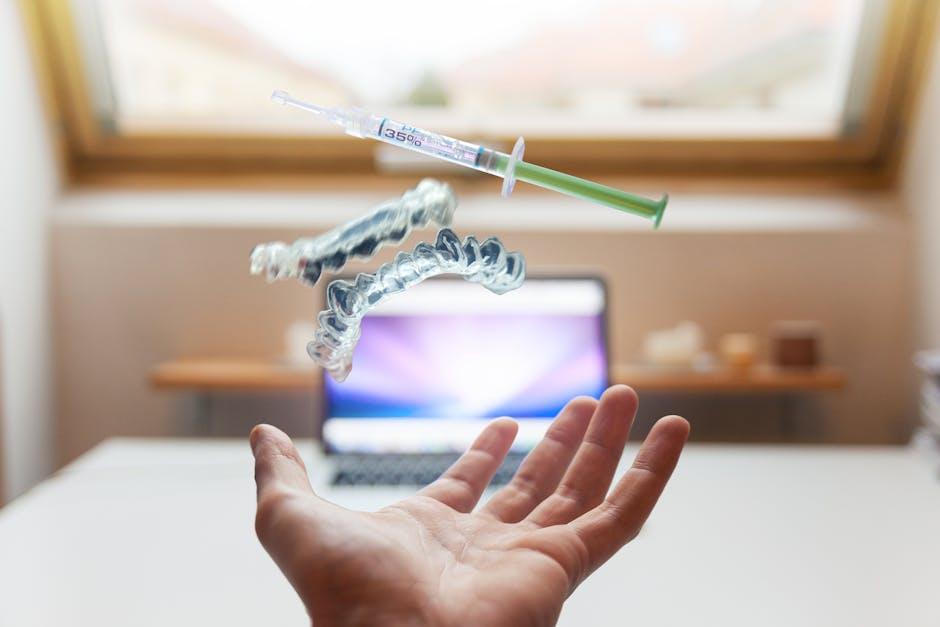
Emergency Dental Care Triage During the COVID-19 Pandemic
Insights from the British Dental Journal – Nature
Introduction
The COVID-19 pandemic has presented unprecedented challenges across all sectors of healthcare, and dental care is no exception. Emergency dental care triage emerged as a critical approach to ensure urgent dental conditions were managed effectively while minimizing infection risks. This article delves into the detailed triage strategies implemented during the pandemic, referencing key findings published in the British Dental Journal – Nature, providing valuable guidance for dental professionals and patients alike.
Understanding Emergency Dental Care Triage
Dental triage refers to the process of prioritizing patients based on the severity of their dental issues. During the COVID-19 pandemic, dental triage became essential to:
- Limit face-to-face consultations to reduce virus transmission.
- Ensure urgent and emergency cases received timely dental treatment.
- Reduce the burden on hospital emergency departments.
- Maintain adequate infection prevention and control (IPC) protocols.
Emergency dental care triage during COVID-19 was designed to assess symptoms remotely, often via telephone or video consultations, with subsequent in-person care only when absolutely necessary.
The British Dental Journal Insights on Pandemic Dental Triage
The British Dental Journal (BDJ), published by Nature, documented evolving triage protocols adapted during the pandemic. Their research highlights:
- The classification of dental emergencies into urgent, semi-urgent, and non-urgent categories.
- The adoption of virtual triage tools to screen and manage patient complaints safely.
- Recommendations for dental practices on prioritizing care without compromising patient or staff safety.
According to BDJ research, triage effectiveness hinges on careful patient history-taking and symptom evaluation, alongside clear patient education on pain management at home.
Classification of Dental Emergencies in COVID-19 Triage
During the pandemic, dental emergencies were grouped broadly to guide care prioritization. Below is a simplified table based on BDJ recommendations:
| Emergency Level | Examples | Recommended Action |
|---|---|---|
| Urgent | Uncontrolled bleeding, facial swelling, severe pain, trauma | Immediate in-person dental intervention |
| Semi-Urgent | Mild/moderate pain, broken restorations without pain | Remote consultation; possible delayed treatment |
| Non-Urgent | Routine check-ups, elective treatments | Defer treatment until safer conditions |
Benefits of Emergency Dental Triage During the Pandemic
Implementing a structured triage system brought multiple benefits:
- Enhanced Patient Safety: Reduced unnecessary exposure to COVID-19 through virtual assessments.
- Efficient Resource Use: Optimized use of personal protective equipment (PPE) and clinical time.
- Reduced Hospital Load: Prevented dental emergencies from flooding hospital emergency rooms.
- Improved Communication: Clear explanation of severity and management plans during remote consultations.
Practical Tips for Dental Professionals Conducting Triage
For dentists and healthcare staff navigating emergency triage during and potentially beyond the COVID-19 era, here are essential practical tips:
- Use Standardized Questionnaires: Develop a consistent set of screening questions covering severity, duration, and symptoms.
- Leverage Telehealth Platforms: Utilize secure video or phone consultations to assess patients remotely.
- Educate Patients: Provide clear advice on pain management, oral hygiene, and warning signs requiring urgent care.
- Maintain Meticulous Records: Document triage decisions and patient communications thoroughly.
- Follow Up: Schedule check-ins for patients managed remotely to reassess symptoms and escalate care as needed.
- Stay Updated: Keep current with public health guidance and BDJ updates relevant to dental care protocols.
Case Study: Triage Success in a London Dental Clinic
A London-based dental practice incorporated the BDJ triage recommendations into their emergency care workflow during the height of the pandemic. Key outcomes included:
- Over 75% of patients were managed effectively through remote triage, avoiding unnecessary in-person visits.
- Urgent cases were rapidly identified and received attention without delays.
- PPE usage was optimized, conserving critical resources.
- Patient satisfaction scores increased due to streamlined communication and safety reassurances.
This example underscores that embracing emergency dental triage protocols not only improves patient outcomes but also boosts operational efficiency.
First-Hand Experience: A Dentist’s Perspective on Pandemic Triage
Dr. Sarah Thompson, an experienced general dentist working during the pandemic, shares her insights:
“Emergency dental triage became our frontline strategy. Initially, it was challenging to provide care without a physical exam, but thorough questioning and patient honesty made the difference. We learned to trust our triage process and saw a noticeable decline in unnecessary clinic visits, which helped protect our patients and staff. It also reinforced the importance of adaptability in dental care during crises.”
Looking Ahead: The Future of Emergency Dental Triage
The COVID-19 pandemic has accelerated the adoption of tele-dentistry and formalized triage protocols. Moving forward, dental care is likely to benefit from:
- Wider integration of digital assessment tools in routine emergency dental triage.
- Enhanced training on virtual consultation skills for dental teams.
- Protocols combining in-person and virtual care to balance accessibility and safety.
Such hybrid care models promise to improve patient experience, reduce costs, and enhance infection control beyond pandemic circumstances.
Conclusion
Emergency dental care triage played a pivotal role during the COVID-19 pandemic, offering a safe and effective pathway to manage urgent dental needs amid unprecedented challenges. Insights from the British Dental Journal emphasize the vital nature of symptom assessment, patient communication, and remote consultation technologies in shaping modern emergency dental care. As the dental community continues adapting to a post-pandemic world, these triage practices serve as a template for preserving patient safety, optimizing resources, and enhancing care delivery. Whether you are a dental professional or a patient seeking urgent care, understanding these protocols fosters better preparedness and confidence when facing dental emergencies in any context.


